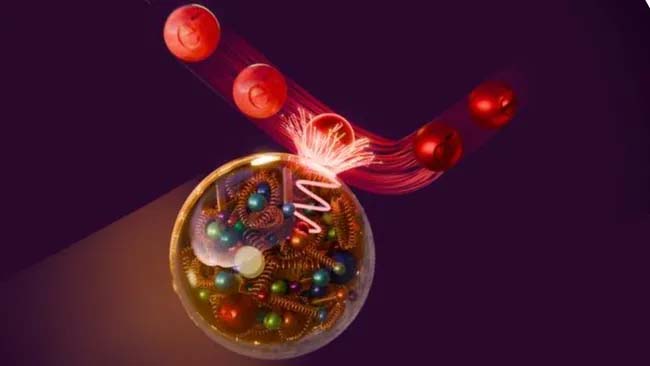Science: Scientists have used high-energy particle collisions to peek inside protons, the particles that sit inside the nuclei of all atoms. This has revealed for the first time that quarks and gluons, the building blocks of protons, experience the phenomenon of quantum entanglement. Entanglement is the aspect of quantum physics that says two affected particles can instantly affect each other’s “state”, no matter how far apart they are – even if they’re on opposite sides of the universe. Albert Einstein founded his theories of relativity on the assumption that nothing can move faster than the speed of light, however, something that prevents the instantaneous nature of entanglement. As a result, Einstein was so troubled by entanglement that he described it as “spookhafte Fernwirkung” or “spooky action at a distance.” Yet, despite Einstein’s skepticism about entanglement, this “spooky” phenomenon has been verified again and again. Many of these validations have involved tests of increasing the distances at which entanglement can be demonstrated. This new test took the opposite approach, probing entanglement at distances of just one quadrillionth of a meter, finding that it does in fact occur within individual protons.
The team found that the sharing of information that defines entanglement occurs across entire groups of fundamental particles called quarks and gluons within a proton.
“Prior to doing this work, no one had ever observed entanglement inside a proton in experimental high-energy collision data,” team member and Brookhaven Lab physicist Zhoudunming Tu said in a statement. “For decades, we have had a traditional view of the proton as a collection of quarks and gluons, and we have been focused on understanding the so-called single-particle properties, including how quarks and gluons are distributed inside the proton.
“Now, with the evidence that quarks and gluons are entangled, this picture has changed. We have a much more complex, dynamic system.” The team’s research, the result of six years of work, refines scientists’ understanding of how entanglement affects the structure of protons. ‘Spooky’ quantum entanglement found on small scales within individual protons
